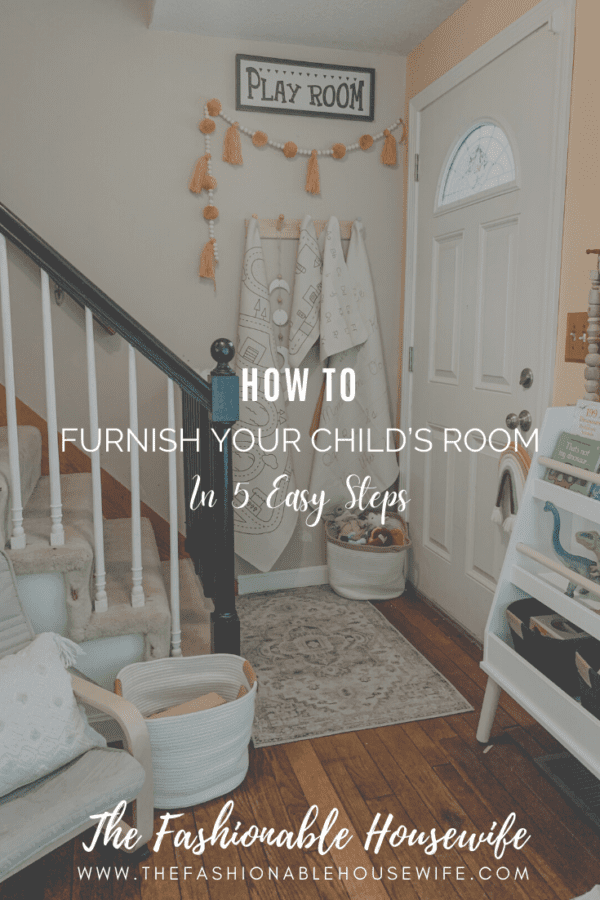
A child’s room is a magical place where a young imagination can really run wild. Whether your child plays in his or her bedroom or has a playroom, the room needs to be decorated and furnished so that your child feels comfortable and at home there.
Decorate your child’s room with bright paint on the walls, fun wall decals, or a mural (if you have an artistic bent). Add fun, multifunctional, comfortable furniture; storage for toys; a reading nook; and soft, comfortable flooring. Here’s how to do it all in five simple steps.
1) Ask Your Child’s Opinion
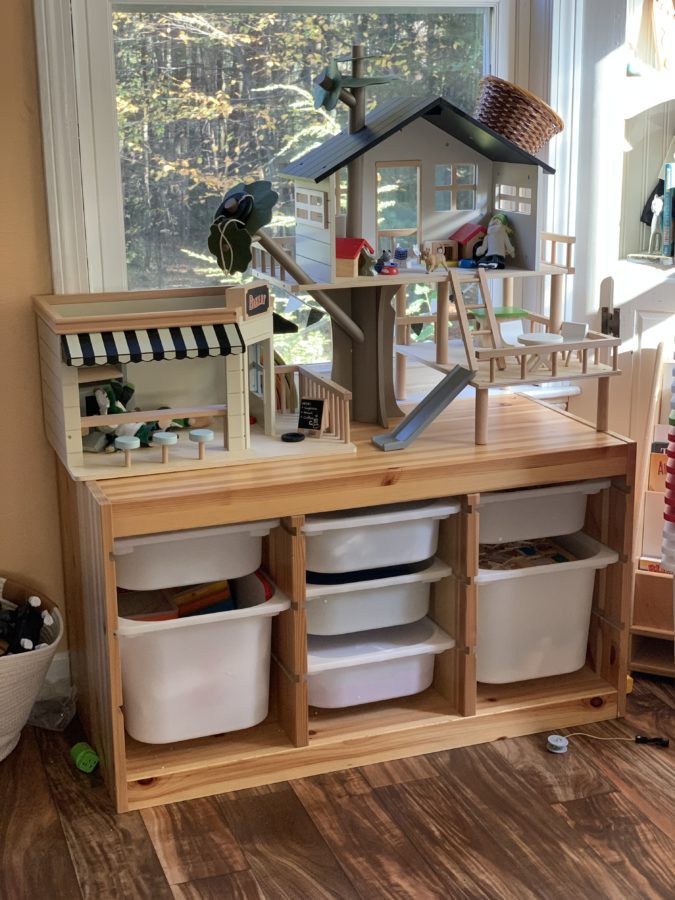
You may not be accustomed to asking for your child’s input on decisions, but since your child will be the one who has to live with the room you decorate, you should ask his or her opinion on furniture, paint colors, and decorative elements like rugs. You don’t have to do everything your child demands. But letting your kid pick out some paint colors, choose a wall decal, or decide between a traditional armchair and a beanbag chair can help your child feel more attached and connected to his or her room. Your child will appreciate being part of the process of decorating his or her own room, and it will be a teaching opportunity to give your child some home decor skills.
2) Choose Easy-Clean, Soft Flooring
Hardwood, laminate, and tile floors are easy to keep clean, but for your child’s room, you need something softer and more comfortable. You’ve probably forgotten by now, but you used to spend a lot of time on the floor as a kid. If your child is still crawling, install soft, cushy carpet or foam tiles so your baby isn’t crawling around on a hardwood floor. As your child gets older and starts learning to walk, a soft floor will be much easier to fall on than a hard one. As your child gets older still and wants to play with toys, a soft floor surface will be easier to sit on — especially for you, when you want to join your son or daughter in play.
3) Paint in Bright Colors
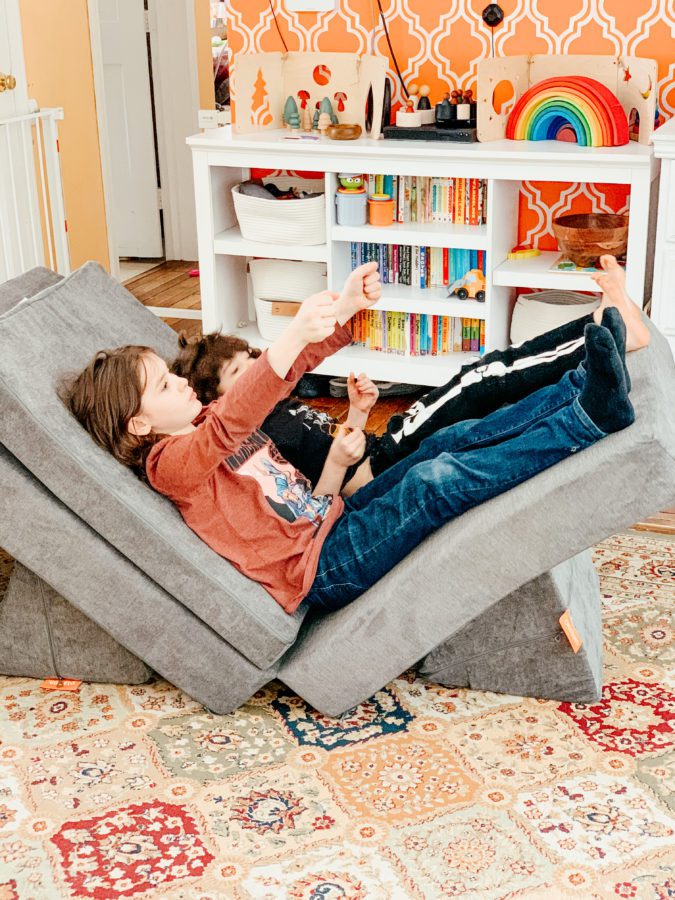
Kids love bright colors because they’re easier for young, undeveloped eyes to see. That’s why you’ll find that kids’ furniture and decor is often brightly colored.
You may want to go for a bright wall paint color and choose brightly colored furniture and decor pieces that go with the wall color. Perhaps you’ll want to paint three of your kid’s walls one color and do the third in an accent color. Use a color wheel to choose complementary colors.
If you don’t want to go with bright red (or blue, or pink, or orange) walls, consider a more neutral color contrasted with wall decals. Encourage your child to make handprints on the wall with bright paint, or hire an artist to create a beautiful mural on one wall (or paint one yourself, if you have the skill). Decorate the walls with bright posters and pictures — your child’s wall is a great place to showcase his own works of art.
4) Grab Child-Sized Furniture
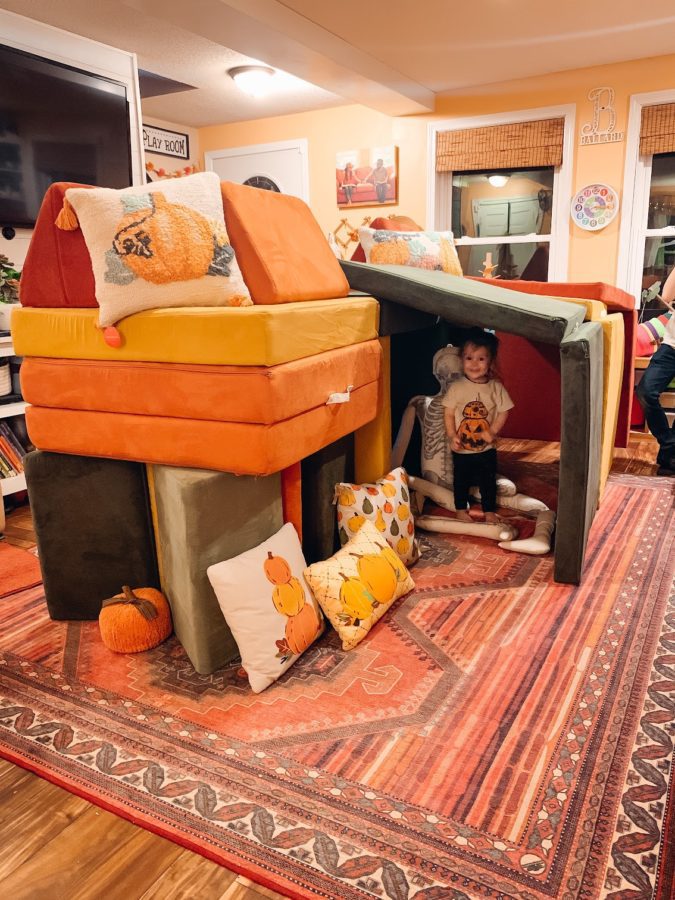
Obviously, normal adult-sized furniture isn’t going to cut it for your kid’s room. It’ll be too big for your child to use comfortably, and may even be too big to fit in the room itself (most kids have smaller bedrooms than their parents or even older siblings).
You should choose child-sized furniture that can accommodate your child’s needs now, but you know how fast kids grow, and you don’t want to have to replace your kid’s furniture every year. Look for pieces that can meet your child’s present needs, but that will retain functionality in future years. For example, instead of buying child-sized versions of your own furniture, look for more versatile pieces. A play sofa for kids made out of memory foam cushions that can be rearranged in endless configurations provides plenty of fodder for pretend play and nap times now, but can still give your kid a comfortable place to lounge even as he or she reaches his or her teens or beyond.
5) Add Toy Storage and Play Areas
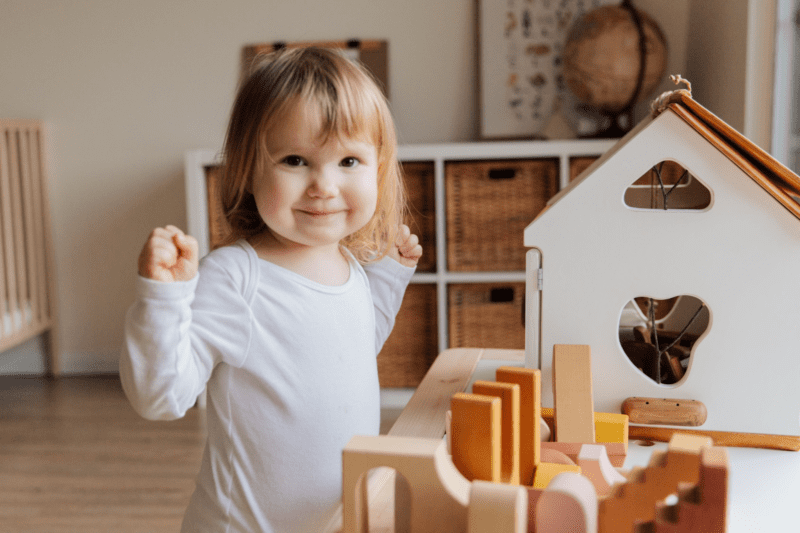
Any child’s room or living space needs plenty of storage for toys. You can choose a traditional toy box, place some large baskets around the room, or install wall cubbies where kids can stash their favorite books and toys. Bookcases and shelves allow kids to display toys they want to look at, and cubbies with storage bins can help kids find what they want without having to dig through an entire closet full of cardboard boxes first.
Furnishing a child’s room simply isn’t the same as furnishing a room meant to be used primarily by adults. You need to accommodate your child’s sense of whimsy, need for play, and love of bright colors when decorating his or her room, so your child can have a space to truly feel at home in.



